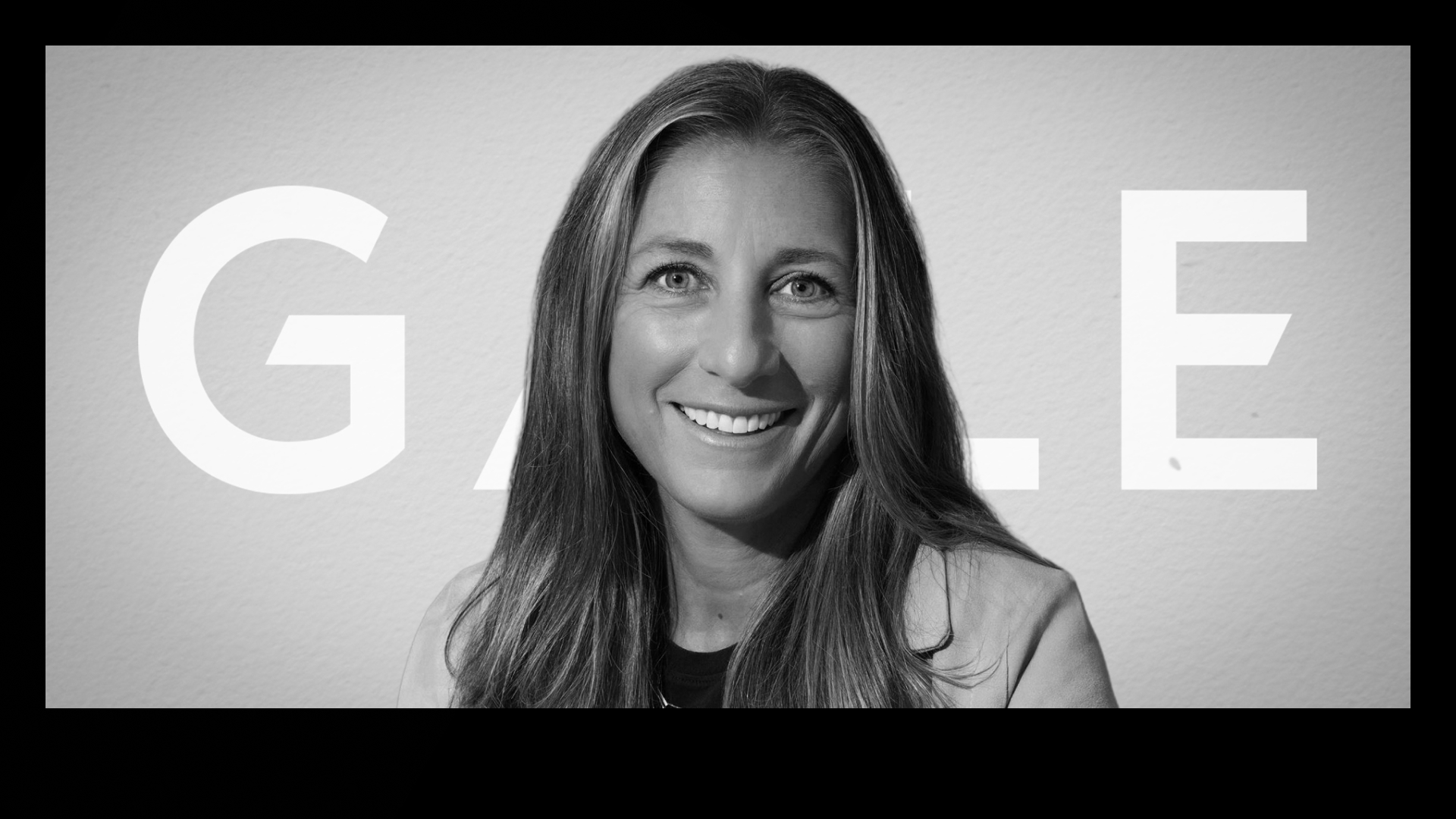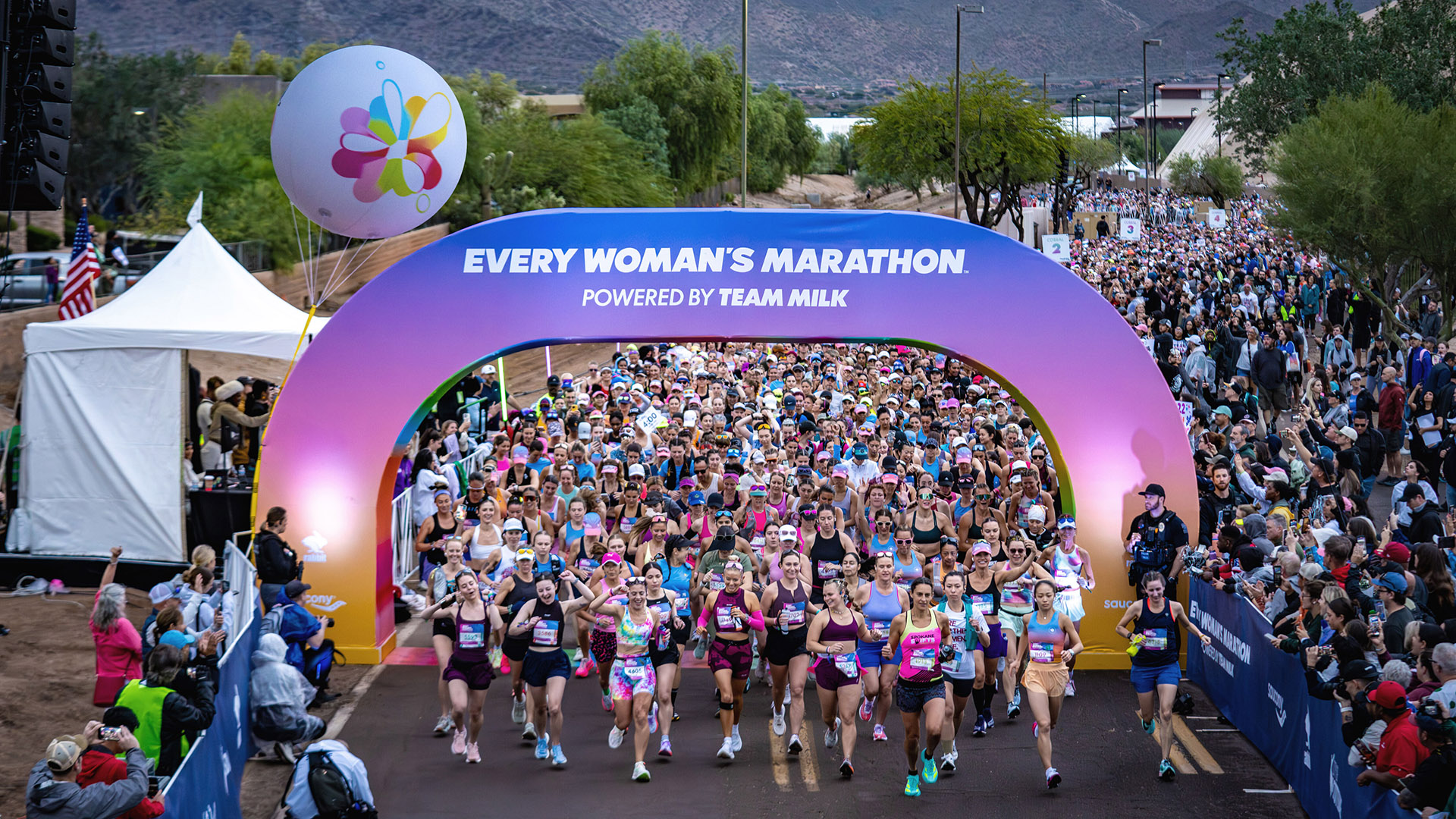This article was originally published in Forbes.
The best platform for brands to connect with consumers is their own – if they prioritize their target audience and lifestyle.
Advertisers spend billions each year on traditional channels like television and out-of-home, hoping to capture attention in spaces that have long dominated media budgets. A 30-second Super Bowl ad alone costs $7 million – 200% more than it did 20 years ago – and inventory continues to sell out. While many still tout the value of these spots, there's a more innovative approach to taking big swings with your marketing dollars that doesn’t involve paying to appear on another brand’s platform: building your own.
Owned channels like social media can define a brand’s voice and build community. Managed well, they also foster ongoing engagement, allowing brands to gain a deeper understanding of their audience – their likes, dislikes, and priorities.
In fact, 82% of marketers agree that social listening is a key component of strategic planning. The insights gathered on these channels, combined with the same audience research that informs traditional media buys – such as whether your audience has an affinity for fitness, reality shows, or travel – can help brands create and own something bigger than just a TikTok feed.
To build a new platform, brands must lead with innovation and put their audience before the brand itself.
One of the most notable examples of a brand successfully building its own platform is Red Bull, which started as an energy drink and is now synonymous with attention-grabbing moments in extreme sports. Early on, Red Bull determined it could reach its audience by providing an energy boost to those participating in activities like mountain biking, surfing, climbing, or skydiving. While the brand initially used traditional tactics like sponsoring athletes and events, they built something much bigger to promote these moments and start creating their own.
Today, Red Bull Media Group is a multimedia giant, responsible for iconic moments like Felix Baumgartner’s record-setting supersonic freefall and a wide range of content showcasing the best of extreme sports. The company is involved in 1,250 events in culture and sport annually and has amassed 18.5 million subscribers on YouTube by providing content their audience loves. The halo effect is clear: between 2011-2023, Red Bull’s revenue has grown nearly 150%.
Speaking with SportsPro in 2019, Gerrit Meier, who was CEO of Red Bull Media at the time, said, “We don’t believe in traditional marketing; we don’t do big television commercials, we’ve never done that. We believe that we can activate through events and great content, and that’s where we’d rather spend our money.”
Red Bull Media has become the blueprint for brands looking to build something beyond their core product or service, and others have certainly tried.
Most recently, it was reported that fast food chain Chick-Fil-A is launching its own streaming platform focused on family-friendly unscripted content. Brewing company Anheuser-Busch announced it’s creating an entertainment division with Oscar-winning producer Michael Sugar to develop films, television shows, and podcasts. But creating an entertainment hub isn’t the only way for brands to build their own IP.
LVMH — the company behind Dior, Fendi, Moët & Chandon and more — has branded itself as the world leader in luxury products. For many of its brands, the target consumer is affluent and, they found, had an increasing desire for “unique experiences and meaningful travel.” In response, LVMH created Cheval Blanc, a small collection of luxury hotels in upscale locations, including the French Alps and Saint-Tropez. Its latest addition in Paris boasts a Dior-themed spa, in-room amenities designed by Dior-perfume creator François Demachy, and artwork curated by Fondation Louis Vuitton; in this setting, where rooms start around $2,000 per night, brand integrations add to the opulence.
Since opening in 2021, Cheval Blanc Paris has earned love from those who can afford a stay and, seemingly, well beyond – it’s earned a repeat spot on the Condé Nast Traveler Readers’ Choice Award list, voted on by 500,000+ consumers, and was this month named No. 4 on this year’s World’s 50 Best Hotels. Chevel Blanc’s footprint is focused, allowing it to provide aspirational, high-end, and personalized experiences that align with its purpose: to provide something that not only fits with but also enhances its target consumer’s lifestyle.
The operations described above require significant capital and structural expansions, among other complexities. Timing and economic factors alone may prevent such large-scale initiatives from being feasible for any given brand at any given moment. Still, brands shouldn’t dismiss this type of approach as unattainable. Chipotle, for example, created a powerful platform by leveraging something it had previously underinvested in: its loyalty program.
With a natural in-person presence across the county, the fast-casual restaurant found its opportunity in building a digital-first platform that communicated its commitment to quality ingredients and ethical sourcing practices – values that deeply resonate with its customers.
Chipotle transformed its loyalty program into a powerful storytelling vehicle that not only emphasized the company’s values but also made customers the protagonist of the story in a highly personal way. For instance, they sent personalized thank-you messages from farmers to customers, connecting them directly to the source of their meal and reinforcing the brand’s commitment to “food with integrity.” Building this into a platform – far more than just a transactional loyalty program – helped grow the Chipotle Rewards program from 8 million to over 35 million members.
A growing number of innovative brands have broken away from traditional advertising methods by leveraging a deep understanding of their consumer and their desires. In doing so, they’ve positioned themselves as integral parts of their audience's lifestyle. This approach may not be cheap or easy, but when executed well, it is highly effective at building long-term loyalty. Advertising and the vehicles through which it can be done are being redefined; sticking to an old-school, limited perspective only stands to limit the potential reach and success of your brand.











